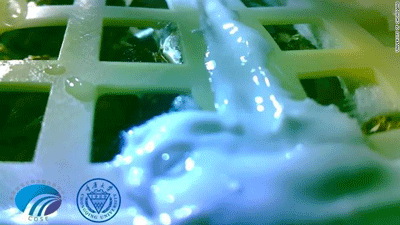The First Growing Plant on the Moon is Already Dead

Picture from University of Chongqing of a cotton sprout on the moon
China’s Chang’e 4 probe launched on December 7th and finally landed on the far side of the moon in early January, being the first probe in history to do so. Other than this remarkable achievement, however, the probe also had a package onboard that brought insight as to how humans can grow and sustain life and plants on the moon in future missions. The probe had a miniature ecosystem inside containing a few cotton plants and fruit fly eggs, which were a test to see how plants and life may be able to exist in man-made structures on the moon.
Professor Xie of Chongqing University, the designer of the experiment , as well as the others on his team, were excited about the possibilities that this experiment could unveil, which includes sustainable lodgings on the moon and a possible head start at the colonization of Mars.
Although images were broadcast of a cotton plant sprouting out from the biosphere, Xie said that the experiment had to end only nine days later, shutting down the mini-ecosystem and thus killing the chances of the beings inside to survive. When referring to the end of the experiment, professor Xie stated, “Though we have two temperature controlling plates, the temperature was still above 30 degrees Celsius [86 F] around 10.30 a.m. on the moon. As everybody knows, many plants can’t sprout with [that] temperature”, meaning that the plants would have been dead whether or not the power was transferred to the biosphere due to the critically high temperatures preventing the plants and eggs from growing any further.
Although the experiment did end “unsuccessfully” due to the termination of the ecosystem, it did provide useful headway into the growing and nurturing of life in an environment once thought to never see any sort of natural greenery due to its desolate nature. For every experiment tested and every day in which the plants survived, we as a species move ever closer in being able to grow and sustain life on other astronomical bodies and in space, leading us to a future in which we could possibly set up colonies in the vacuum of space.
